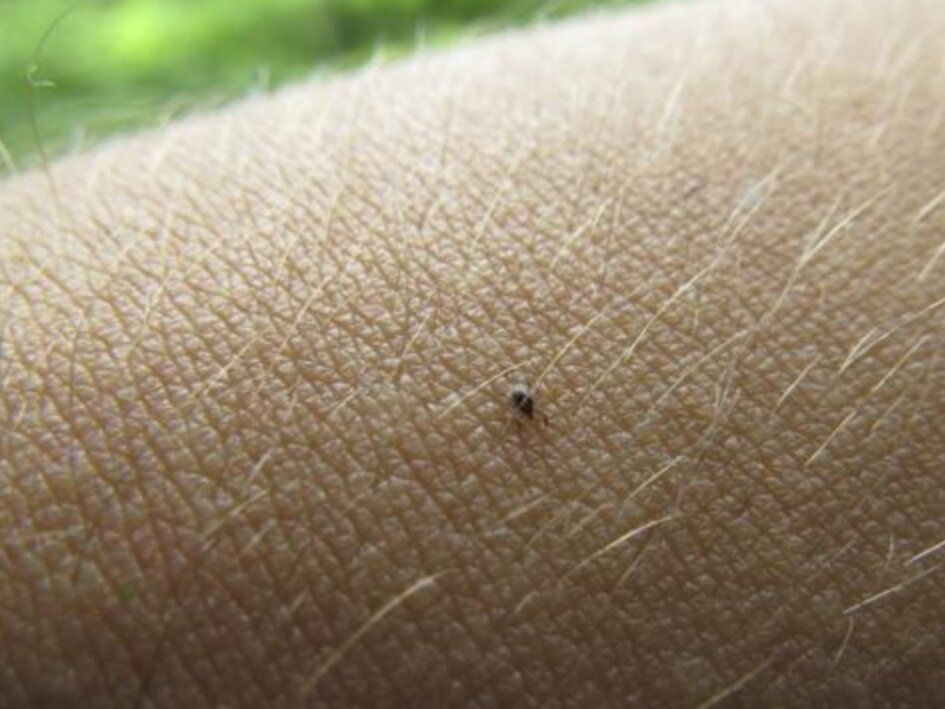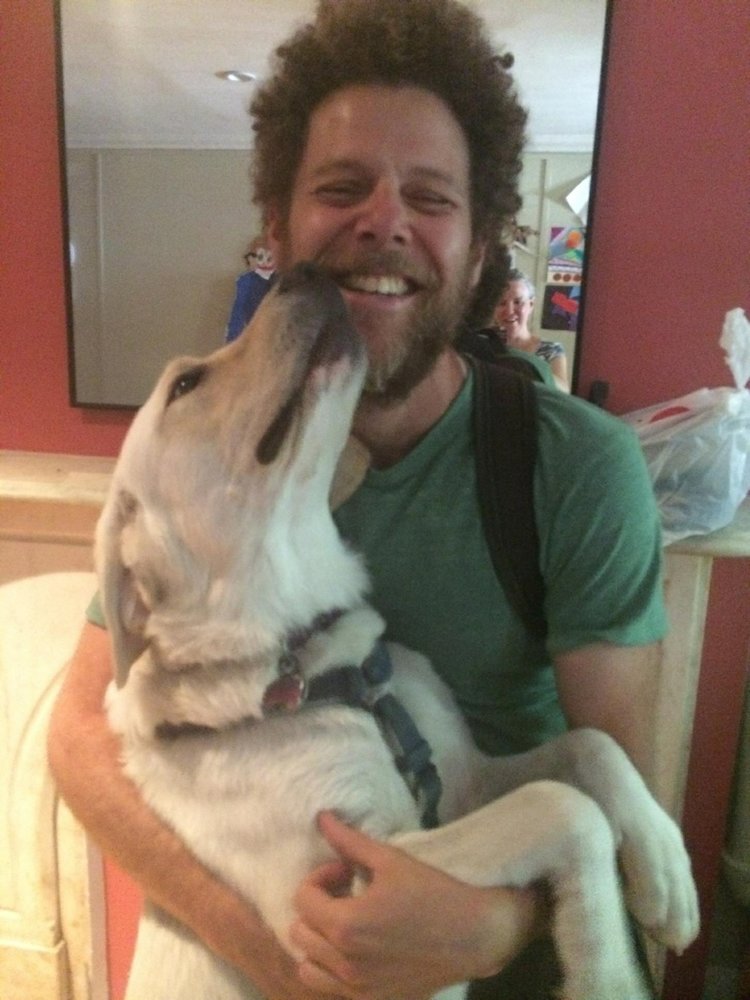Growing up, every child wants to either be a fireman, astronaut, President of the United States, a professional athlete, or a veterinarian. But then, life has a way of showing us that those career paths are not for us. We don’t make the varsity team or get a D in biology or physics, or realize that running into a burning building is scary and dangerous. Finally, we go to law school or get an MBA and the dream of becoming an astronaut or a veterinarian is long gone.
But, a lucky and courageous few hold onto that dream and make it a reality. And, on top of that, some of them end up doing a lot of good for the world.
Take Dr. Kelsey Stocks, for example. After graduating from veterinary school, she took a post at the New York City Community Medicine clinic with the ASPCA. She offers free veterinary care to pet owners in low-income neighborhoods in New York City. “Recognizing that animal homelessness and many of the most serious animal health crises arise in neighborhoods with limited access to veterinary care,” their website says. “The ASPCA brings subsidized spay/neuter services directly to such communities. The ASPCA's Mobile Spay/Neuter Clinics are staffed with professionally trained, fully-licensed veterinarians and technicians who follow best practices established by the Association of Shelter Veterinarians.”
Dr. Stocks took time out of her busy life working with the ASPCA to talk to Jason the Dog Walker Co. about her her life as a veterinarian.
Jason the Dog Walker: So where are you from?
Dr. Stocks: It’s hard to say where I’m from exactly. Both of my parents were in the military, so I have spent some time in D.C., southern California and a little bit of time in Japan. I moved to a suburb outside of St. Louis, on the Illinois side, when I was in 5th grade and spent the most time in and around Illinois, so I usually say I’m from there.
Jason the Dog Walker: Did you want to be a veterinarian when you were a kid?
Dr. Stocks: I’ve wanted to be a vet since I was about 5. Being a Navy brat, there were a lot of inconsistencies in my life, but we always had animals. My parents are both cat people, but I also brought home a number of animals, ranging from guinea pigs and mice to wild turtles and birds (that the cats caught).
I think most kids briefly go through a “vet phase,” but I was always pretty adamant about it. It became serious in junior high, when my cat was diagnosed with Feline Leukemia and subsequently died from it. I remember being very confused and angry that I wasn’t receiving answers or just not understanding them. It was then I decided I was absolutely going to be a vet, so I could help others in similar situations.
Jason the Dog Walker: What brought you to New York?
Dr. Stocks: So, I actually did not plan on ending up in New York. I had been a few other times in my life and always loved the energy of the city but was intimidated by big city life, especially because I’m from a relatively small town in southern Illinois. I spent a month last October (2016) doing an externship at an emergency clinic in Brooklyn, but again—I didn’t go out of my way when I was looking for jobs to end up in NYC. My mentor reached out to me once I started my job search.
He had received an email from my now manager, who had reached out to all of the shelter medicine professors at all the veterinary schools and inquired about “star pupils.” I certainly do not consider myself as such, but my mentor always believed in me and encouraged me to apply for this job, which was largely experimental and new. I had two phone interviews with the ASPCA after they processed my application and I was the first new veterinarian hired. I received my offer in May, and moved to Brooklyn in June. I don’t really know anyone out here, and it’s just my dog, my cat and myself. So, I really put myself out there—all for this job.
Jason the Dog Walker: So what exactly is the job?
Dr. Stocks: The ASPCA was hiring six new veterinarians for a program called “community medicine,” where we go to veterinary deserts within all the NYC boroughs. It’s my dream job—providing necessary services without the burden of finances. And I love surgery, so it’s a perfect balance.
Jason the Dog Walker: What’s a “veterinary desert”?
Dr. Stocks: It’s comparable to a food desert, where people don’t have access to the resources they need. Despite living in a densely populated city, it’s amazing how many people don’t have access, transportation or the financial ability to pay for basic veterinary care. So, the ASPCA is the first to go out to these deserts and provide care—for free.
Jason the Dog Walker: Where does the funding come from?
Dr. Stocks: It’s all funded by private donations, and the ASPCA is a huge organization, which is how they can provide this service. There are two units we have and use to reach our targeted population. There are two “primary care” units, which are essentially small hospitals on wheels. It’s what you think of when you think of general practice, with a small waiting area and an exam room and a small pharmacy. Mostly, I see skin issues, eye issues, ear infections and administer vaccines. If an animal needs further care than I can provide, I can refer them out through the ASPCA where we cover up to $500 worth of medical care to help.
Jason the Dog Walker: Are there other services you perform?
Dr. Stocks: The other type of unit is a spay/neuter unit, where we go out to destitute areas and spay/neuter 25+ cats and dogs within a few hours. To give you an idea of how many that is, the general practitioner does maybe 3 spay/neuter surgeries a day- max. And they generally take 30-40 minutes to do a cat spay, whereas I have received the training to be able to do a cat spay in 4-5 minutes.
Jason the Dog Walker: Is there a different process you learned to perform a cat spay? How can you do it so much faster?
Dr. Stocks: Yes, there are a few different surgical approaches. In school, I knew I wanted to go into HVHQSN (High volume high quality spay/neuter). I can positively impact more lives and usually the surgeries are much less expensive than through private practice. I traveled to Best Friends Animal Society in Utah, Mississippi State Vet School, Animal Protective League in Springfield, Illinois, Humane Alliance in Asheville NC, and I worked with my mentor on the University of Illinois Spay/Neuter unit.
By the time I graduated, I had done over 200+ surgeries. I learned at Mississippi State how to make tiny incisions, which saves a LOT of time. My cat spay incisions are about half the width of a pinky nail, versus a couple inches like you see in private practice. I also use different techniques for the procedure itself, which are also incredibly safe but are more time conservative. But also, this is what I do 2-4 days a week, so repetition really helps with speed. But with the smaller incisions and the quicker surgical times, the animals wake up faster and they heal faster. We have an insanely low complication rate.
Jason the Dog Walker: Where are your services offered in the city?
Dr. Stocks: Primary care is only offered in the South Bronx and East New York (Brownsville) currently. I see mostly dogs, and I would say that about half of my clients only speak Spanish, so our appointment coordinator also serves as a translator.
Jason the Dog Walker: What are some challenges you encounter?
Dr. Stocks: A lot of my clients do have a hard time communicating. Quite a few have learning disabilities or are struggling with their own battles, whether that be substance abuse or a previous trauma, etc. For example, the other day I had a woman who was deaf and unable to speak. We communicated strictly through text, but she was also not great at spelling/typing, so there was a lot of filling in the gaps. And she was a first time dog owner of a dog who has pica (an affinity for eating non-dog food items), so communication about proper behavior and enrichment took a while.
A lot of clients want to breed their animals, because they love them so much they want them to experience parenthood for themselves and for the opportunity to keep one of the offspring. There is a lot more personifying animals in these neighborhoods than I have seen elsewhere. It stems from good intentions, but it feeds directly into contributing to overpopulation and also puts the animals at risk for birth complications and an increased risk for various cancers. I have to really think of how to break the cycle of personification. So, for people with a mother dog and her puppy or two siblings, I talk about how even though they are related, they will still breed. That works for many people, to kind of snap them out of this “my dog is a person” thing.
Another example is with food. Feeding a chihuahua a piece of bacon every morning because the owner himself likes bacon is done out of love but puts that chihuahua at risk of pancreatitis, obesity and general gastrointestinal upset.
Also, I see a lot of kids who are the sole owners of the animals. There was a 14-15 year old who brought me his kitten who was laterally recumbent after jumping off the bunk bed and landing incorrectly.
There was one boy, though, who I won’t forget. Many of the kids I get on the units are playing on their iPads or just being noisy kids. But this one was very different. He was maybe 8 or 9 years old, and he had a little sister who was too little to speak. His mom only spoke Spanish, so he was our translator.
He had so many GOOD questions about his dog, who they had just recently acquired from a friend. The dog was a normal neutered poodle, a little overweight. The boy was like, “I was doing some searching and I see that his, uh, incisor—is that right?—looks different than his other teeth. Can you look at that?” He was right, the incisor was chipped, but fine. He told me he thinks his mom feeds the dog an inappropriate diet, since she feeds him puppy food and he was an adult. We discussed nutrition and why he was correct. He asked if the dog was too fat and how much exercise is appropriate. The whole appointment was with this kid. He listened respectively when I spoke and never interrupted. I asked him what he wanted to be when he grew up, and he said a zoologist.
I would love to write him a letter of recommendation in like…15 years or so. You meet very inspiring people in places you don’t expect.
But the vast majority of my cases are skin issues. Almost every big dog I see is a pitbull, which is a breed inherently predisposed to skin issues, namely allergies. So they come in itching and with scabs and hair loss. I do remember one gentleman who had a dog with severe allergies. When they have a secondary bacterial infection, they need baths 2-3 times a week. The guy didn’t have running water in his house, so he memorized the sprinkler system outside, and used that to bathe his dog. Of course, this was in the summer.
One time, a client walked on the truck and I didn’t see any animal with her. She then reached into her chest and grabbed a kitten from between her cleavage. She said the kitten liked to be there and sure enough after the appointment that’s exactly back where he went.
Jason the Dog Walker: How has working in low-income communities affected your views of the pet/owner relationship?
Dr. Stocks: It amazes me how grateful people are. I cannot tell you how good it feels when people who truly love their animals and want to do best by them, get the answers they want about their animals’ health. I have had people cry and hug me before. It makes the hard days really worth it, reflecting on the owners who appreciate everything we do. And while I am just vaccinating their animals or talking to them about allergies, etc., the stories my clients have about their own hardships is truly astounding. They say to always treat others kindly because you don’t know what kind of battles other people are facing, and I cannot tell you how true that is. A lot of my clients tell me about their battles with cancer, or about how they lost a loved one, or how they’ve been in and out of shelters. And for a lot of them, their animals are really their best friends and their whole lives. Which goes to answer your question: has my perspective changed about those impoverished and the relationship with their animals? And the answer is no.
I have always believed that every human has the right to owning an animal, provided they are kind and do the best they can for that animal. You don’t have to be terribly wealthy to provide a good life. For a lot of poor people, their social groups are smaller. Therefore, their pet really can be their entire life. Their pet may have saved their life, or be their main emotional support system. And sometimes it can be easy to point fingers and say, “Well, they shouldn’t have an animal if they cannot afford one.” But really, who are we to judge? We don’t know everyone’s stories and while that animal may not have access to all the medical care it needs and may live a somewhat shorter life as a result, the life is still very much filled with love. And hopefully with myself and the other community medicine veterinarians, we can work on extending those lives as much as possible to maintain these relationships.












